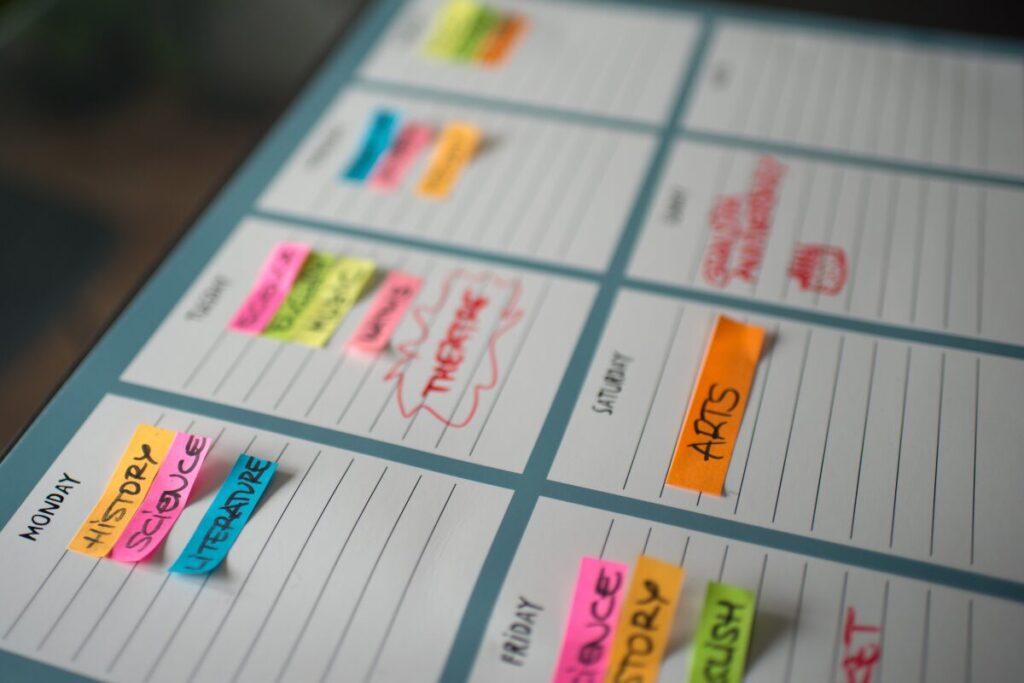
Balancing Activities with School: Finding the Right Fit for Kids and Adults

Extracurricular activities can play a significant role in the development and well-being of both children and adults. They offer opportunities to explore interests, build skills, and foster social connections. However, balancing these activities with the demands of school or work can be a logistical challenge. The key is to find a balance that enriches life without overwhelming it. Here’s how you can manage activities effectively while ensuring there’s still time for rest and relaxation.
The Benefits of Extracurricular Activities
Engaging in extracurricular activities offers numerous benefits. For kids, activities like sports, music lessons, or art classes can help develop physical, emotional, and cognitive skills. They provide a structured way to learn teamwork, discipline, and time management. For adults, hobbies and classes offer a break from daily routines, reducing stress and promoting mental well-being. Activities like yoga, fitness classes, or even joining a local book club can foster a sense of community and personal fulfillment.
However, it’s important to remember that more isn’t always better. While it’s great to be involved in activities that you or your children enjoy, overloading schedules can lead to burnout. Instead of packing every evening and weekend with activities, focus on finding something that genuinely interests and excites you or your child. Quality over quantity is the guiding principle here.
Tips for Balancing Activities with School and Work
- Prioritize Interests: Start by identifying what truly matters. It’s okay if your child isn’t involved in ten different clubs or sports. What’s most important is that they engage in activities they enjoy and that support their growth. The same goes for adults. If you’re drawn to a particular hobby or class, prioritize that over trying to do everything at once.
- Set a Realistic Schedule: Take a look at your family’s weekly schedule and determine how much time can realistically be dedicated to activities without sacrificing school, work, or rest. It’s okay to start with just one or two activities and see how they fit into your routine.
- Incorporate Downtime: Remember that rest is just as important as activity. Kids and adults alike need time to unwind and do nothing, whether that means reading a book, spending time outdoors, or simply enjoying some quiet time. Boredom can spark creativity, so don’t be afraid to leave some open space in your schedule.
- Communicate and Adjust: Regularly check in with your child or reflect on your own experience with the current schedule. If it feels too overwhelming, don’t hesitate to cut back. It’s okay to take a break from activities if it means better balance and well-being.
Embrace Flexibility and Enjoyment
It’s important to approach activities with flexibility and a focus on enjoyment. Children and adults alike should feel encouraged to explore their interests at their own pace. If they find something they love, great! But if not, that’s perfectly okay too. The goal isn’t to fill every moment with structured activities but to create a balanced life where learning, growth, and relaxation coexist.
In the end, the best approach is one that feels manageable and fulfilling. By prioritizing interests, maintaining a realistic schedule, and leaving room for downtime, you can create a balanced life that nurtures development without causing unnecessary stress. Remember, it’s not about doing it all; it’s about finding what works best for you and your family.